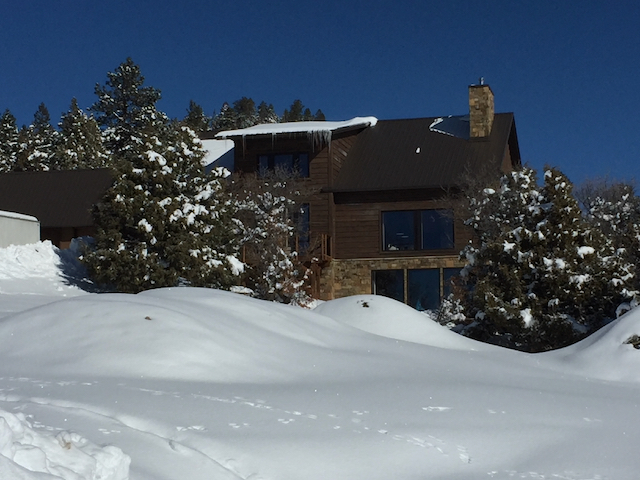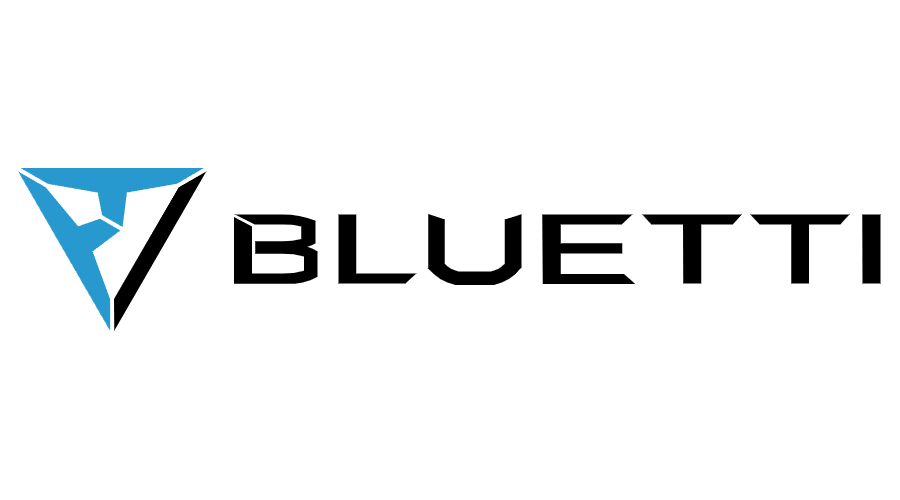NATIONAL SOLAR TOUR
NATIONAL SOLAR TOUR
The American Solar Energy Society‘s 28th Annual National Solar Tour aims to promote renewable energy awareness and increase the adoption of sustainable living practices. Are you interested in going solar or purchasing a sustainable system? Join in-person or virtual tours to gain insight from current owners!
The website is being updated for the 2024 National Solar Tour on October 4-6, 2024. Please see past tours from 2023 by clicking the left arrow near “Upcoming”
SUSTAINABLE FEATURES COLOR KEY:




- This event has passed.
Pagosa Springs Ambient House


The Pagosa Springs Ambient House was designed to remain comfortable year-round with ambient energy from the sun, air, sky and ground. The house uses passive solar heating with direct gain and a Trombe wall. Nighttime ventilation is used for cooling. The first year of data was collected for 2022. The data show that, when the house was occupied, the temperature varied from 63 to 79F, compared to a design comfort range of 65 to 75F. The lowest temperature occurred during an unusually cloudy December. A fireplace was used for a total of 24 hours for supplemental heat. The high temperature occurred in October, after nighttime ventilation was discontinued.
Achieving ~100% ambient conditioning depends of three parameters for heating:
1. Solar Load Ratio – the ratio of solar gains to envelope losses. For January for this house, the ratio was 0.808.
2. Internal Heat Load Ratio – the ratio of internal heat gains from people, appliances, etc. to envelope losses. For January for this house, the ratio was 0.345. The sum of these two ratios (1.153 in this case) should be 1.0 or a bit larger to achieve 100%.
3. Thermal time constant – the ratio of thermal capacitance to envelope losses. For this house, the constant is 1.75 days, which approximates the time that the house can remain comfortable during cloudy weather.

